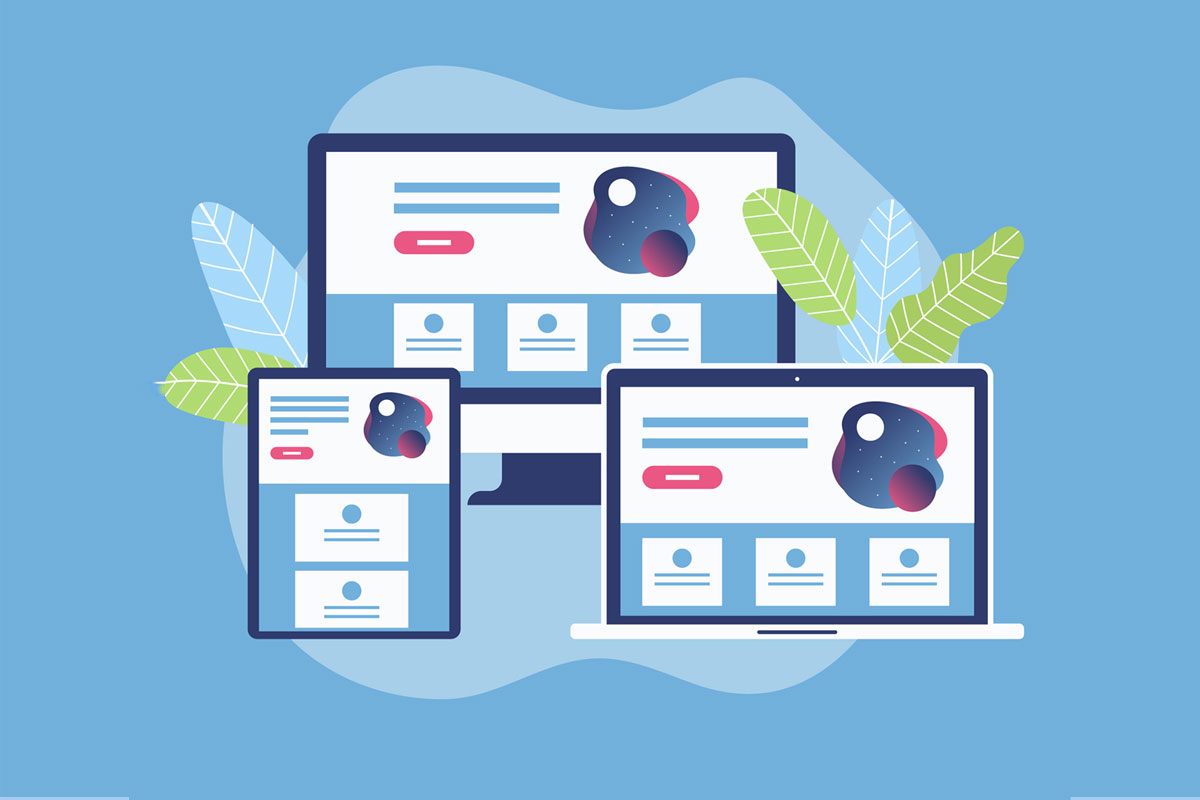In the fast-paced digital world of 2025, website security is no longer optional — it’s essential. With cyberattacks becoming more sophisticated, businesses of all sizes face an increasing risk of data breaches, ransomware, phishing, and other online threats. Whether you run a small business website or manage a large e-commerce platform, understanding the latest website security practices can save you from costly downtime, data loss, and reputational damage.
This blog will walk you through the essential website security strategies in 2025, explain real-world examples, and provide practical steps to keep your website safe from hackers.
Why Website Security Matters More Than Ever in 2025
Cybercriminals are getting smarter, using AI-powered attacks, deepfake phishing, and automated botnets to exploit vulnerabilities faster than humans can patch them.
According to the IBM Cost of a Data Breach Report 2024, the average data breach cost reached $4.45 million, a 15% increase over the past three years. By 2025, experts predict cybercrime damages will exceed $10.5 trillion globally making cybersecurity one of the top business priorities worldwide.
Even a minor hack can:
- Compromise sensitive customer data
- Damage SEO rankings and Google trust
- Lead to legal consequences under data protection laws
- Interrupt business operations
So, how can you stay protected? Let’s explore the best website security practices for 2025.
1. Enable HTTPS with SSL/TLS Certificates
If your website still runs on HTTP, it’s time to upgrade immediately. SSL/TLS certificates encrypt data between your server and visitors, preventing hackers from intercepting sensitive information like login credentials or payment details.
In 2025, Google continues to flag non-HTTPS websites as “Not Secure,” which can hurt SEO rankings and user trust.
Pro Tip:
Choose SSL certificates from trusted providers like Let’s Encrypt, GoDaddy, or Comodo, and set them to auto-renew.
2. Use a Web Application Firewall (WAF)
A Web Application Firewall acts as a gatekeeper between your website and the internet, filtering out malicious traffic such as SQL injection, XSS attacks, and brute force attempts.
Popular WAF services in 2025 include:
- Cloudflare WAF
- Sucuri Firewall
- Akamai Kona Site Defender
These modern firewalls use machine learning and threat intelligence to detect and block new attack patterns before they can cause harm.
3. Integrate AI-Based Threat Detection
AI is not just a tool for hackers- it’s also your best defense. In 2025, AI-driven website security tools analyze traffic patterns in real time, identify suspicious behavior, and automatically respond to potential threats.
For example, Darktrace and CrowdStrike Falcon use self-learning AI models to detect anomalies faster than human analysts.
Example:
A leading e-commerce platform in India integrated AI-based monitoring and reduced phishing attempts by 42% in six months.
4. Keep Your CMS, Plugins, and Themes Updated
Outdated software is one of the biggest vulnerabilities hackers exploit.
Platforms like WordPress, Shopify, or Magento often release security patches that fix known bugs but if you ignore them, you’re leaving your site open to attack.
Checklist:
- Regularly update CMS and plugins
- Remove unused themes and extensions
- Schedule automatic backups before updates
According to Wordfence, over 52% of hacked WordPress sites in 2024 were running outdated plugins or themes.
5. Use Strong Authentication and Access Controls
Weak passwords remain a major risk even in 2025. Implementing multi-factor authentication (MFA) and role-based access control (RBAC) helps protect your website from unauthorized logins.
Recommended Practices:
- Use complex passwords (minimum 12 characters)
- Implement 2FA via Google Authenticator or Authy
- Limit admin access and monitor login attempts
6. Perform Regular Backups
Even with the strongest defenses, no system is 100% hack-proof.
Regular backups ensure that you can restore your website quickly after an attack or system failure.
Automated backup tools in 2025 (like JetBackup, Acronis Cyber Protect, and CodeGuard) store encrypted copies of your site data on secure cloud servers.
Backup Type | Recommended Frequency | Storage Location |
Database Backup | Daily | Cloud / Local Server |
Full Site Backup | Weekly | External Server |
Incremental Backup | Hourly | Secure Cloud |
7. Conduct Regular Security Audits
Website security is not a one-time task, it’s an ongoing process.
Schedule quarterly security audits to detect vulnerabilities early. These audits include:
- Penetration testing
- Vulnerability scanning
- Malware detection
- Server configuration checks
Recommended tools:
- Qualys Vulnerability Management
- Nessus
- Acunetix
8. Secure Your Website Hosting
Your website is only as secure as your hosting provider. Choose a secure hosting company that offers:
- DDoS protection
- 24/7 server monitoring
- Automatic malware scanning
- Daily backups and firewalls
Top hosting providers in 2025:
- SiteGround
- Hostinger
- Kinsta
- WP Engine
Tip: Always host on servers with ISO 27001 certification for maximum data security compliance.
9. Educate Your Team
Human error is still the #1 cause of data breaches. In 2025, investing in cybersecurity awareness training is just as important as technical defense.
Teach your employees to:
- Recognize phishing emails
- Avoid suspicious links
- Use secure Wi-Fi networks
- Report suspicious activity immediately
10. Monitor SEO and Security Together
Security and SEO go hand in hand. A hacked or blacklisted site loses visibility instantly.
Use tools like Google Search Console, Ahrefs, and Semrush Site Audit to track performance issues, detect malware flags, and fix security errors fast.
Expert Tip: Combine Human + AI for Maximum Protection
The smartest cybersecurity systems in 2025 use a hybrid model – combining human intelligence with AI-driven automation.
AI detects and blocks threats instantly, while human experts fine-tune strategies and handle advanced attacks that algorithms might miss.
This human-AI synergy ensures your website stays safe, fast, and compliant, a must for SEO and Google trust.
Conclusion
Website security in 2025 demands more than just a strong password. It’s about creating a multi-layered defense system that uses AI, automation, encryption, and awareness to keep hackers out.
Whether you’re managing a small blog or a corporate website, these security practices will help safeguard your brand reputation and customer trust.
Remember: the cost of prevention is always lower than the cost of recovery.
Protect your website today- stay secure, stay visible, and stay ahead of hackers.
FAQs on Website Security in 2025
Q1. What is the most common website security threat in 2025?
Phishing attacks, ransomware, and AI-driven botnet attacks are the top threats businesses face in 2025.
Q2. How often should I perform a website security audit?
Every 3–6 months or after any major website update.
Q3. Does website security affect SEO rankings?
Yes. Google prioritizes secure websites (HTTPS) and penalizes those infected with malware or poor security measures.
Q4. What tools can I use for website security monitoring?
Cloudflare, Sucuri, Wordfence, and Acronis Cyber Protect are top tools in 2025 for real-time protection.








